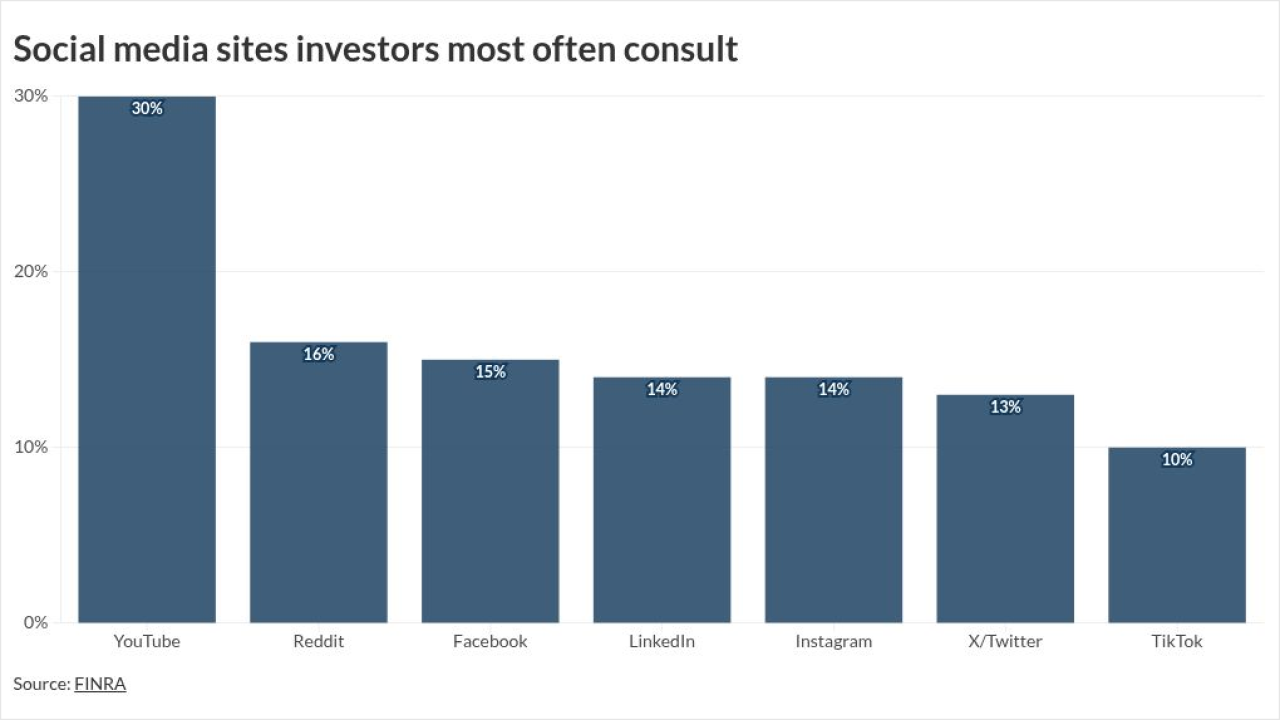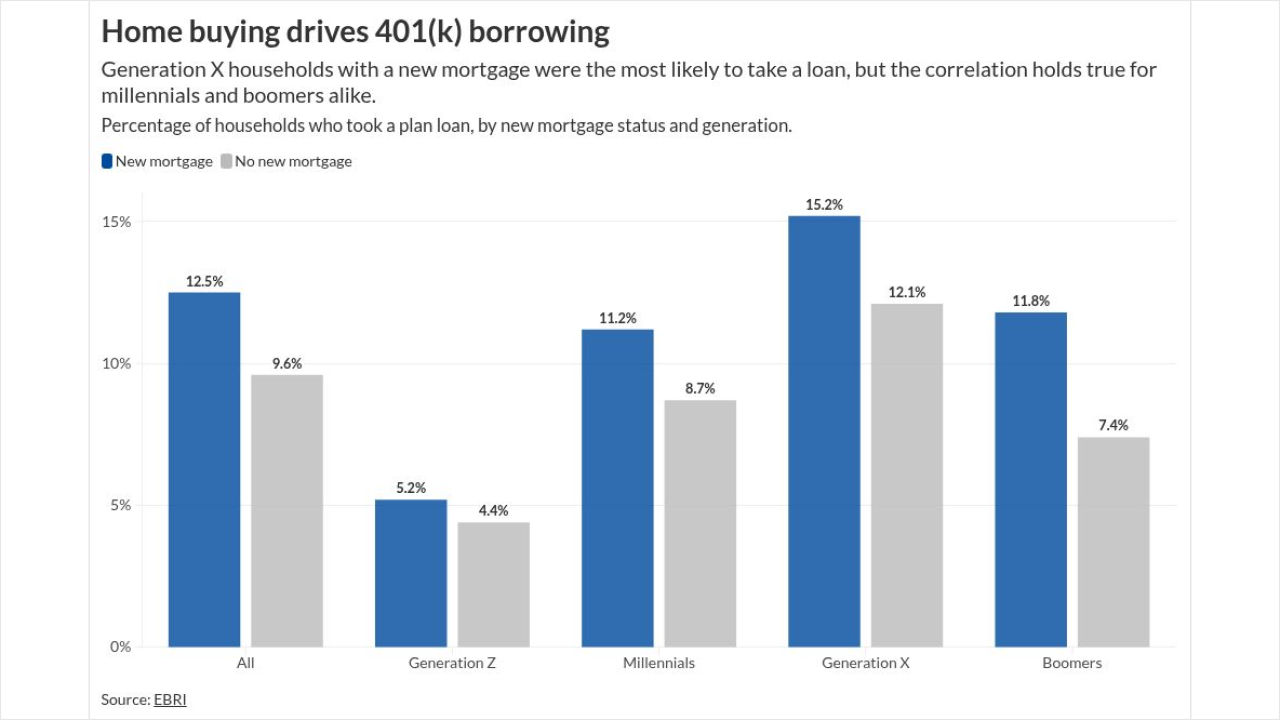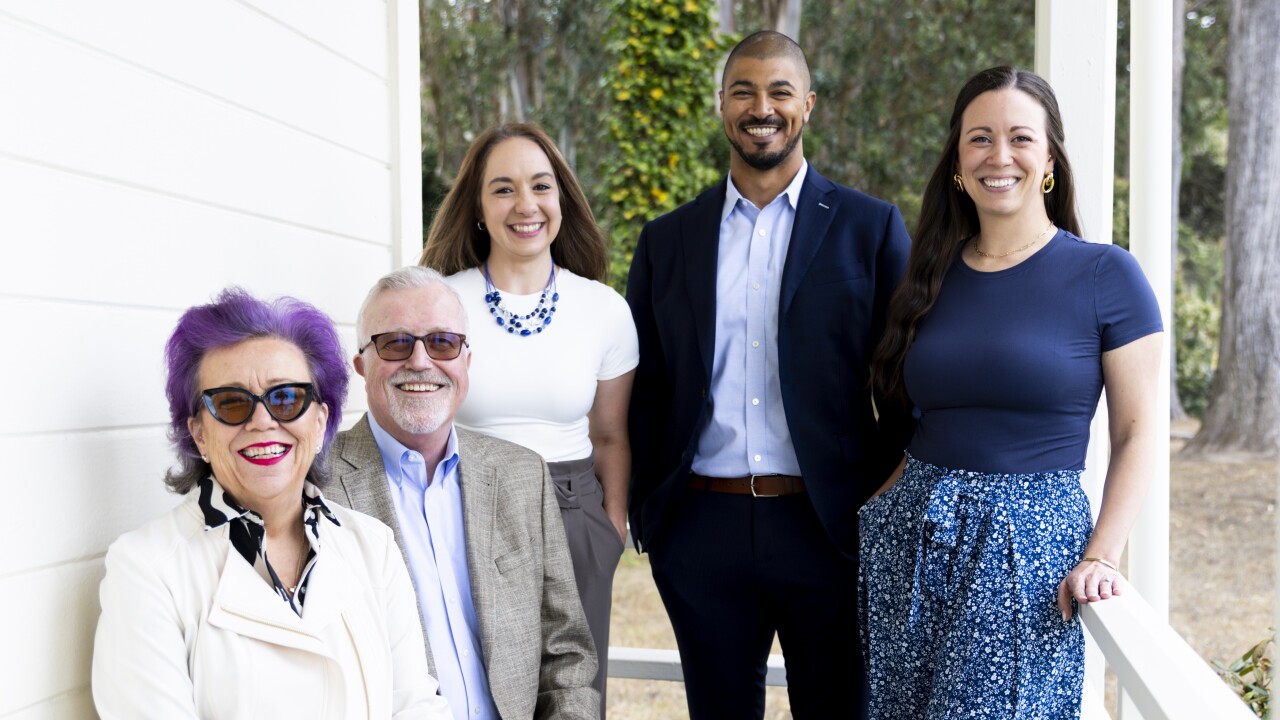From the advisor’s perspective, emerging fintech solutions present an opportunity to operate more efficiently and reduce overhead by automating various back- and middle-office functions. But from the perspective of the individuals performing those jobs, and whose livelihoods may be impacted as these tech-driven solutions mature, the question becomes whether they should aspire to more front-office, client-facing roles.
For back-office employees who want to pursue this path, the next logical question is around when to make the switch and launch their own practice as an independent advisor. While there are no cut and dry answers to these weighty questions, there are a number of tactics and hard-won lessons to apply that can help inform a considered, personalized answer.
Anecdotally, I’ve been hearing these kinds of questions a lot. And I think in part it’s because so much of the financial services industry is getting squeezed by fee compression, potentially causing downsizing at some asset managers and brokerage firms, in addition to the automation wave sweeping through our industry.
Naturally these forces make people performing internal, operations-oriented jobs take a greater interest in front-office advisor roles, which tend to have better compensation and appear less prone to being automated away.
Another potential attractive quality about the advisory path is that when it’s your firm and your clients, you tend to have more control over your career and future. That’s not to say the outcome is guaranteed, but there’s a famous saying that when the value chain in any industry gets compressed by competition, whoever is closest to the client usually wins.
That’s why we’re seeing very little compression in advisory fees — even though platform, product and asset manager fees are all getting squeezed. The advisor is closest to the client.
So how do you know when it’s time to go independent and launch your firm, and what steps should you take to prepare? In my experience I’ve found there are essentially three primary drivers that determine when someone is ready to launch: experience, competency and financial stability.

COME IN THREES
Like the old adage goes, there’s no substitute for experience. I’ve found it takes on average seven years before independent advisors achieve real success. This isn’t just a
And aside from those aforementioned three primary drivers, there’s a kind of subset of three skill sets that you must have in place before launching a firm: operations, relationship management and business development.
The operations piece is the most straightforward. There are plenty of ops-oriented jobs in the industry, and if you spend any time anywhere near financial services, you’ll pick up a lot of this. Ideally though, you’re in a role where you get to fill and file insurance and annuity applications, perform account openings, transfer paperwork and execute trades for clients — such that you really learn the operational guts of the advisory industry.
Indeed it’s a lot easier to deal with the stress of launching your own firm when you’re not also learning the difference between an ACAT and a non-ACAT transfer, or why that distinction matters — let alone the expectations you need to set for clients about how long such transfers are going to take.
So for those who have a direct, hands-on role in an operations capacity, sticking with this for a year or two may be sufficient to at least learn the core tasks. It’s not a role you’ll necessarily want to hold indefinitely, but getting at least a year or two in is invaluable.
I did it for the first 18 months of my career, and it was hugely impactful. For those who may be more indirectly attached to the industry and learning more through osmosis, maybe it’ll be three to five years to absorb the key knowledge and experience.
The second skill set needed is relationship management experience, specifically with clients. Proactively managing a relationship means learning how to define and communicate the scope of your agreement with clients about what you will and won’t do, so that you can deliver on what you promise. If you aren’t managing client expectations, it makes it very problematic to keep clients. You learn to do these things effectively by managing clients for a period of time.
Likewise, it’s not only setting expectations of the relationship, but also helping clients understand what kinds of results are reasonable to expect. “No, we’re not going to give you 15% returns every year. We’re not going to make you rich in the next five years. We can’t guarantee you won’t ever experience portfolio declines. What we can do is help ensure that you have a reasonably diversified portfolio and a strong chance of participating in the growth of the markets in coming years, and can help you stay the course along the way.”
Managing the relationship is also about setting the rules of engagement. Does the client know what’s appropriate to email you about, versus what should be a phone call or a meeting? E.g., “When you call me, I will call you back in three hours/24 hours/three business days.” If you don’t set those expectations, then you may not be able to live up to clients’ demands.
Part of managing the relationship well is also knowing how to deliver advice
This is an area where I think advisors usually need about three to five years in a client-facing role. That might be two or three years where you’re in a second chair, mostly listening and watching and maybe not saying much, and then another two to three where you’re in more of a lead role with at least some clients.
The key truth to grasp is this is hard stuff to learn. It’s doubly hard when you’re out on your own and your business depends on you learning as you go. Getting this experience before going independent really matters.
The third crucial skill set is
You consequently have to sell yourself and your value. It doesn’t matter how great your advice is if you can’t convince anybody
Some advisory firms have their own
And if you’re scared to learn business development and sales, trust me, it’s not going to go well when you’re out there on your own. Get the experience now, before going out with your business on the line.
The one caveat I would note is that a growing number of firms these days have
CONFIDENCE, CREDIBILITY, COMPETENCY
The second domain that helps successfully launch your firm is competency. If you’re going to give advice to clients, know that the advice you give is actually correct and you don’t get sued or hurt your clients out of plain ignorance — even if you had the best intentions.
What does this mean in practice? At a minimum
Certifications like the CFP marks are so important because they build confidence and credibility. You have to be confident enough to actually sell the value of your advice, and if you’re not confident, you will hesitate in front of prospective clients when they ask questions like, “What do you do and why should I pay you that fee?”
And because CFP certification
So if you haven’t started investing in your education as a planning professional, start now.
FINANCIAL STABILITY
The third and final area that I’d highlight for what it takes to be successful — and one I frankly think is not talked about nearly enough in our community — is to have your own house in order beforehand. Even in the best of circumstances,
The good news is that beyond that point — the next 27 years after the first three — the business just grows. Advisors who’ve been doing this for 20 or 30 years often make
For some advisors, having their house in order means building up as much as three years’ worth of household expenses, or at least two years’ worth, since by the time there’s at least some income coming in. For other advisors it means trimming down your old household expenses: downsizing your car, even downsizing your house, keeping your personal overhead low enough to survive and pay your expenses while you’re out there building your business. I also know of some dual-income households that cut back to live on one spouse’s take-home while the other spouse launches their advisory firm.
The reality is
Don’t think of this in terms of startup costs to succeed. It’s about being financially stable enough to invest in your long-term future.
To recap: You’ll need CFP certification; seven years of experience, including some operations, relationship management and business development experience; and up to three years of personal expenses to bridge the gap. That gives you the best odds for success in an incredibly rewarding career.





